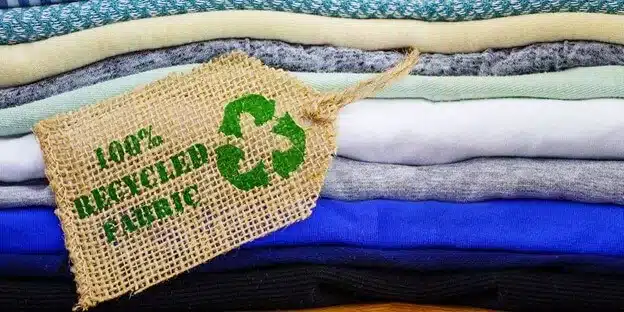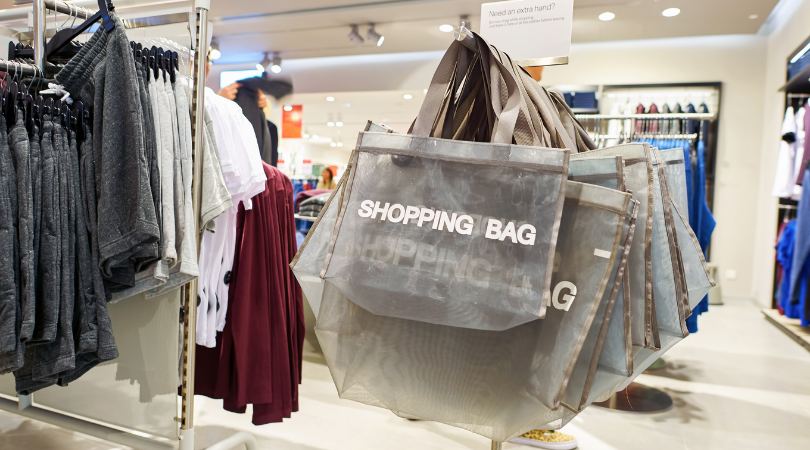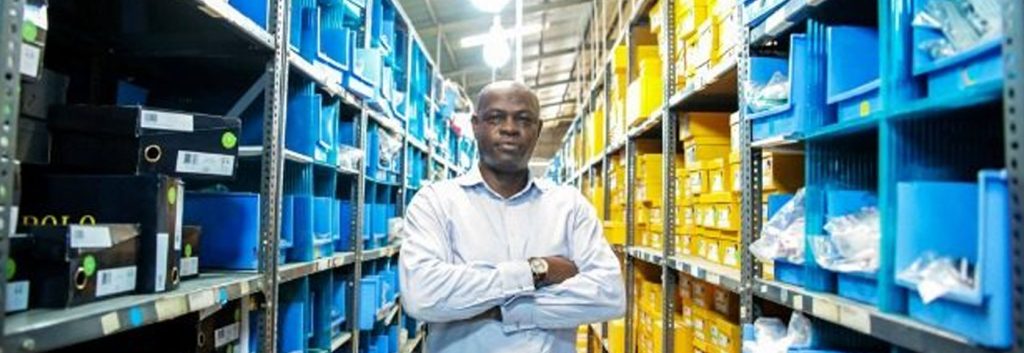In today’s fashion landscape, sustainability has become a powerful force, compelling brands to reassess their operations and present an eco-conscious image. As consumer demand for ethically sourced products grows, fashion companies are recognizing the need to adopt concrete measures for responsible practices. From sourcing materials to manufacturing processes, a comprehensive approach to sustainability is emerging, […]
Consumer trends and the demand for sustainable products
The Growing Demand for Sustainable Products The demand for sustainable products has, over the last decade, become a pivotal concern among consumers globally, reshaping the landscape of production and consumption. Companies have had to make changes to meet these new expectations and can expect to do more of the same, in the future, in […]
Fast Fashion in Africa
The second-largest sector after agriculture in Africa is the fashion and textile industry with an estimated market value of $31 billion in 2020 and growing every year (1). Fast fashion is a marketing and manufacturing model where clothing moves instantly from the runway to retail stores. Fast fashion captures the latest fashion trends and styles […]
Exploring the Potential of e-Commerce in Africa
Despite the lack of appropriate electronic payment systems and sometimes limited access to internet, many experts and e-Commerce companies are positive about e-Commerce growth in Africa. According to a report published by Mckinsey & Company in 2013, e-commerce is expected to grow considerably over the next few years : “By 2025, it could account for […]



